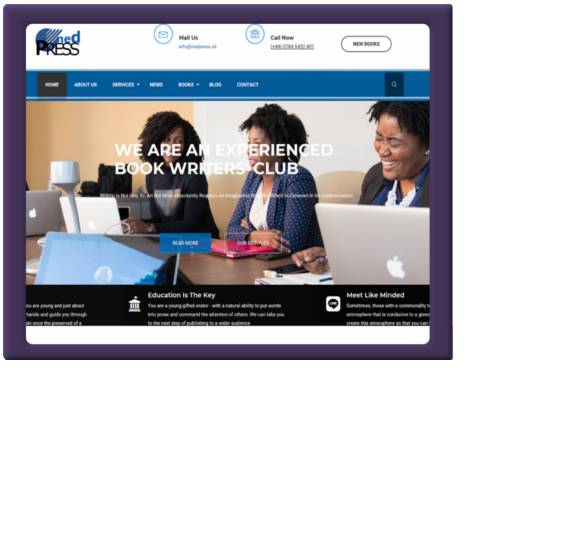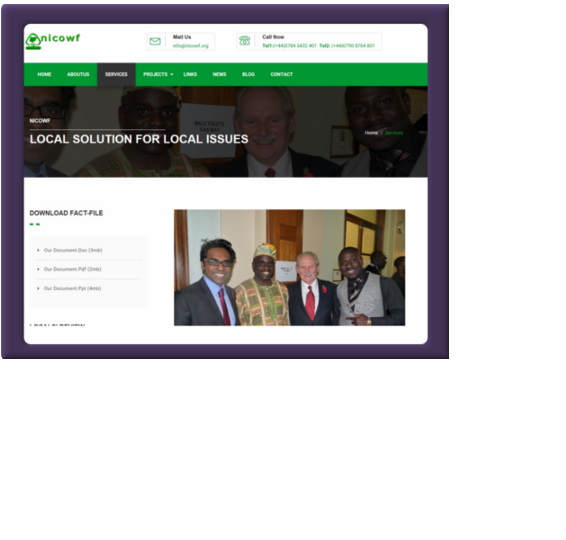Web Application Design
Information Technology Is Our Domain
JS Frameworks
The vast majority of websites in the world are not unique. In fact, most websites, in both form and function, are similar to various other websites. Granted, there are many variations in layout, color scheme, fonts, images, etc. But the actual functionality is often essentially the same. The result of this is that all those similar websites can be built using more-or-less the same code. And if there is one thing that developers hate to do is to write the same code over and over again.
Many libraries were initially created when a programmer, or a group of programmers, noticed that they were writing essentially the same code for several projects. They realized that they could substantially reduce their effort, and speed up the development process, if they packaged the common code, and reused it between projects. Several such programmers were kind enough to release this reusable code as Open Source, thus creating libraries such as jQuery and Lodash.
Some programmers took it a step further - they noticed that not only were they repeating the same code, they were also repeating the same patterns. One such pattern, that has become very popular for web applications is the Model–view–controller also known as MVC. These programmers created frameworks that were designed around this pattern, with the project-specific code invoked by the framework itself. This approach reduced project-specific effort even more, and also improved code structure, and maintainability.
These advantages became especially important for JavaScript with the introduction of the Single-page application (SPA). These are websites or web-apps which implement most of their functionality on the browser-side, rather than on the server. Turns out that SPAs required many such common services, several of which were tricky or difficult to implement from scratch. Such services include routing, which manages the process of transitioning between pages, and templating, which embeds dynamic content into mostly static pages. Modern JavaScript frameworks provide these services.
As an extra benefit, successful framework have active communities that have grown around them. These communities generate useful resources, such as tutorials, which make it easier to get up-and-running, and tooling, such as testing utilities and packaging tools. And it’s also more likely that a new hire will be familiar with the framework, and be able to understand and contribute to the code more quickly than if it had been done by hand from the ground-up.
Addendum - RWD
With the ever-increasing use of mobile devices, it has become necessary to design on-line content that appears on multiple screen sizes and a myriad of devices with varying form factors. The challenge involves designing sites that adapt to fit a variety of different resolutions and use the available screen real estate effectively. Previously, these goals have proven to be time-consuming. Hand-coded media queries and complex mathematical calculations were often required to deliver on-line presentations with fluid layouts to reach the widest audiences.Responsive Web Design (RWD) is essentially based on a fluid grid layout. All containers on the page have their widths defined in percentages - meaning that they are completely based on the viewport rather than the initial containing block. A liquid layout will move in and out when you resize your browser window. Thus, all siblings or nested entities within the container are adjusted correspondingly. We do this with all sites we designed and managed
Bespoke Website Design
Content Is King

The exposition of your business or enterprise to a global community (the global village) via the internet is an attribute all and sundry will attest as being the main salient feature of the web. It has literally created a level playing field so to speak for thousands of small businesses or enterprises that hitherto had no way of exposing their services or products to such a world wide customer base. There is though some side effects to this seemingly technological brilliance. You have now got the exposure just like thousands of others but how do you differentiate yourself from others providing similar services? This is where the design of your website and in particular, the content displayed in the interface both graphic assets and contextual text respectively becomes prominent. All graphic assets used as part of the interface design, must accentuate the services or products you are selling.
All written text on your website pages must be simple, clear, explicit, un-convoluted and more importantly be in plain Simple English. One can not emphasis enough the importance of plain simple English. Bear in mind, this is the first interaction between you and a potential customer. Your written text as most people will attest, can so easily labelled your site as not being professional enough. Get it wrong on your home page through a simple typo or a poorly phrased sentence and you are unseemingly or unwittingly diverting potential traffic to your rivals. The internet is very unforgiving with this type of mishap. Rest assured people will make judgement from this experience and the consequence by and large, is not to return to your site. It can get worse - telling others about the poor grammar or aesthetic attribute of your site can propagate on the web like "wild desert fire" and you have every little means of quenching it. In other words, try not to devalue the products or services you provide by poor English grammar - first impression on the web last for eternity even if you are selling gold for pittance.
Always ask a professional copy writer to write all your text messages if you are not competent enough to do it. All sites designed by us by default have their text messages written by professional copy writers and integrated with metadata for optimised SEO results.
Bespoke Web Design


